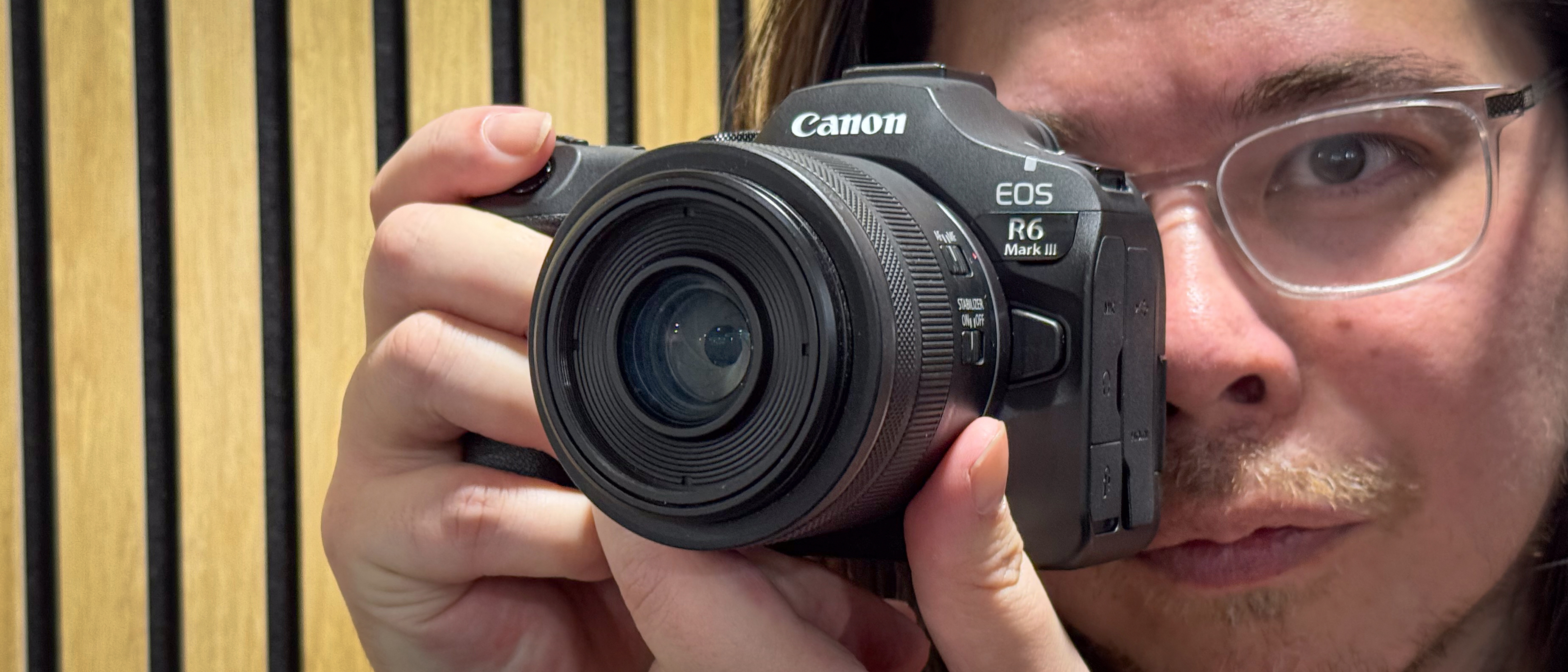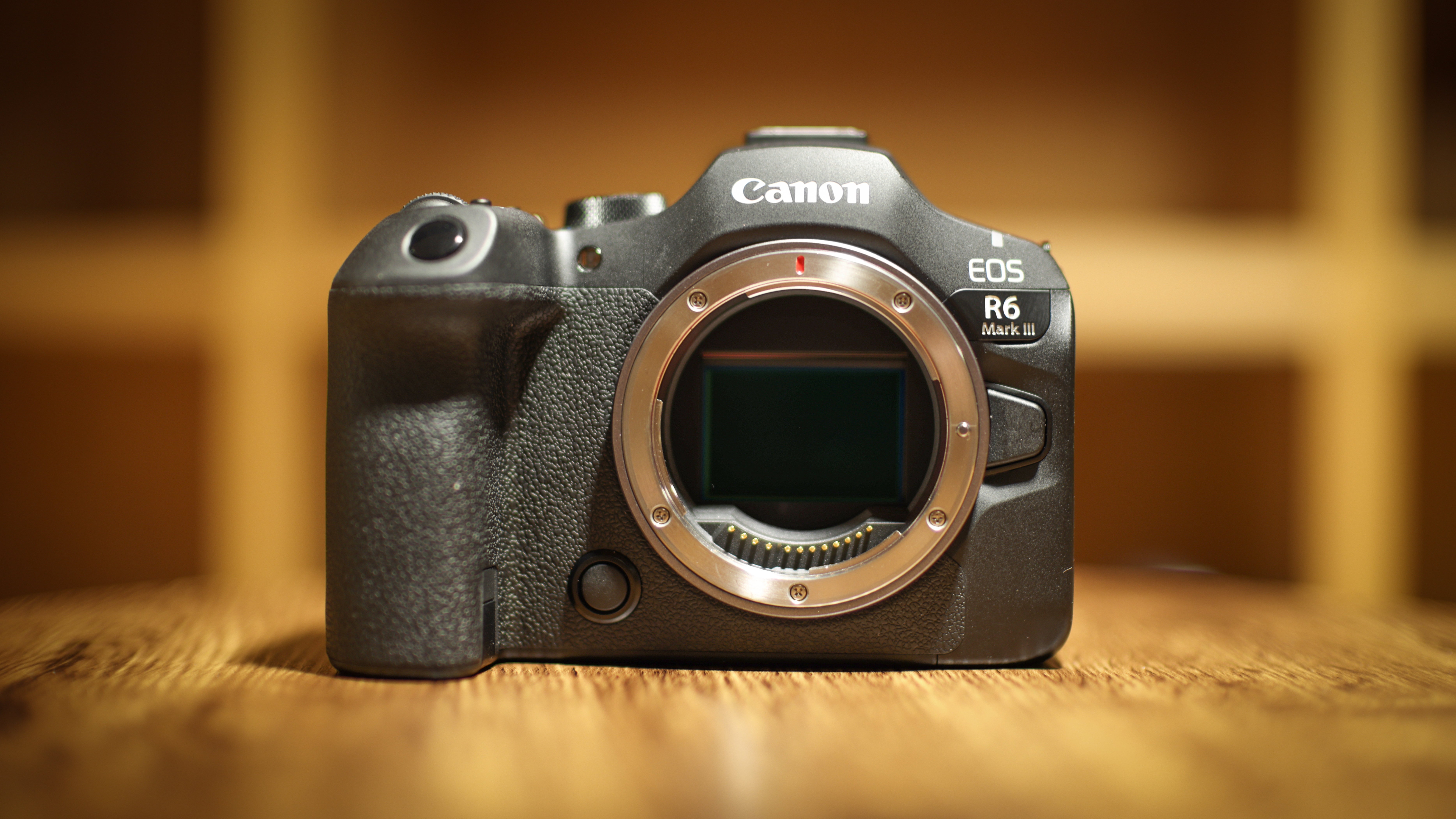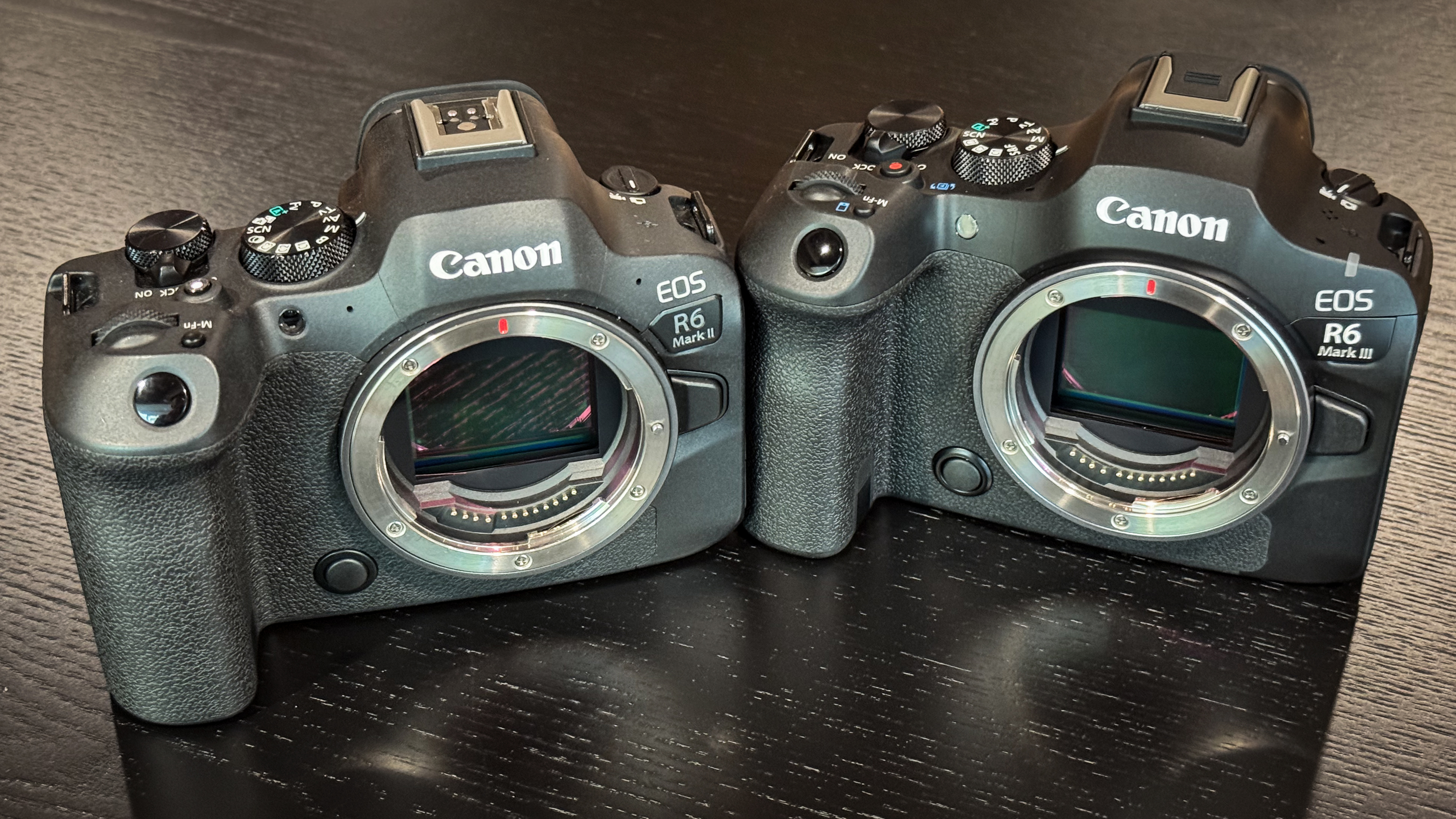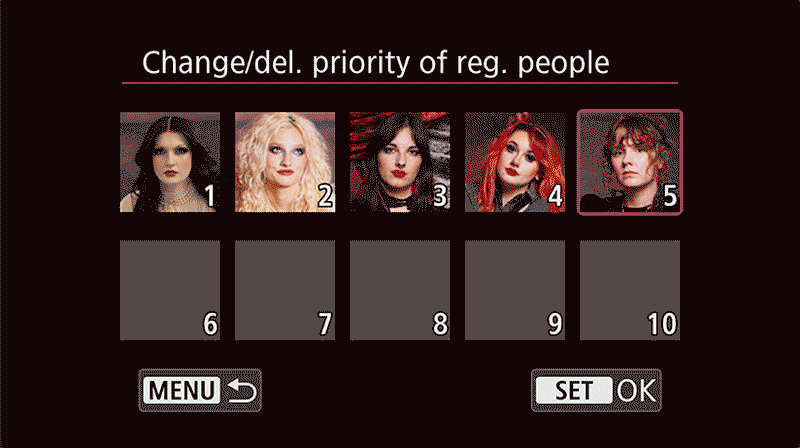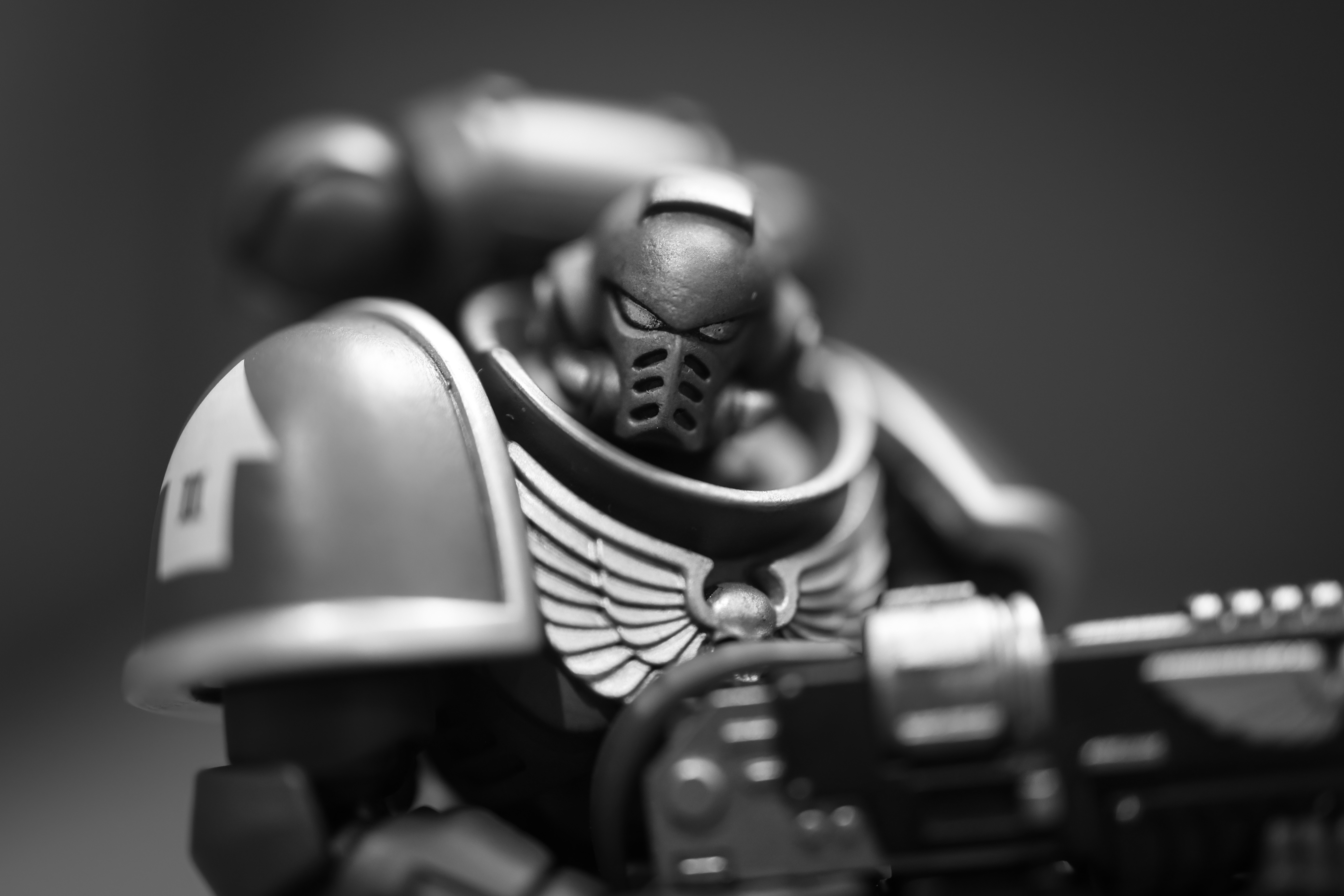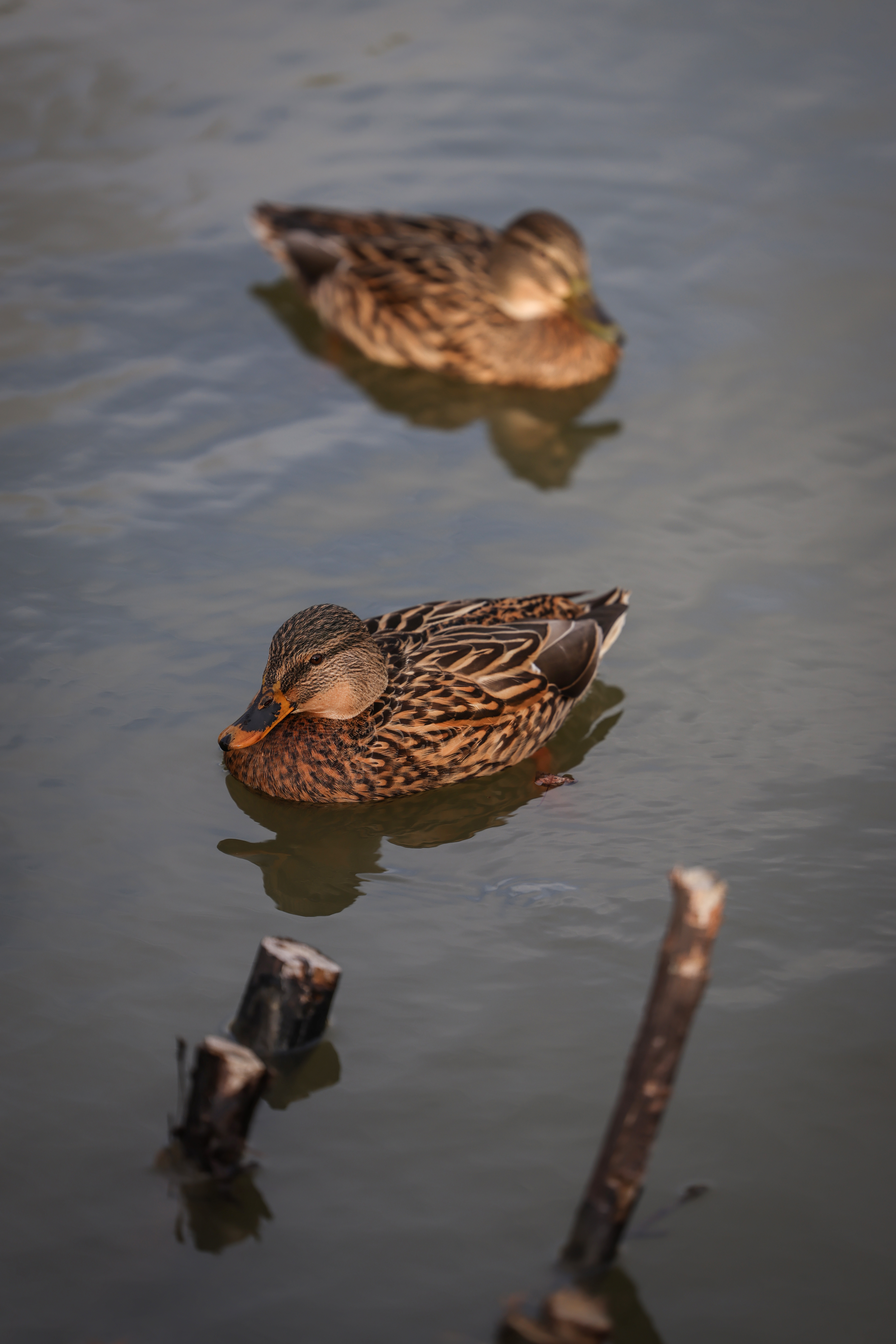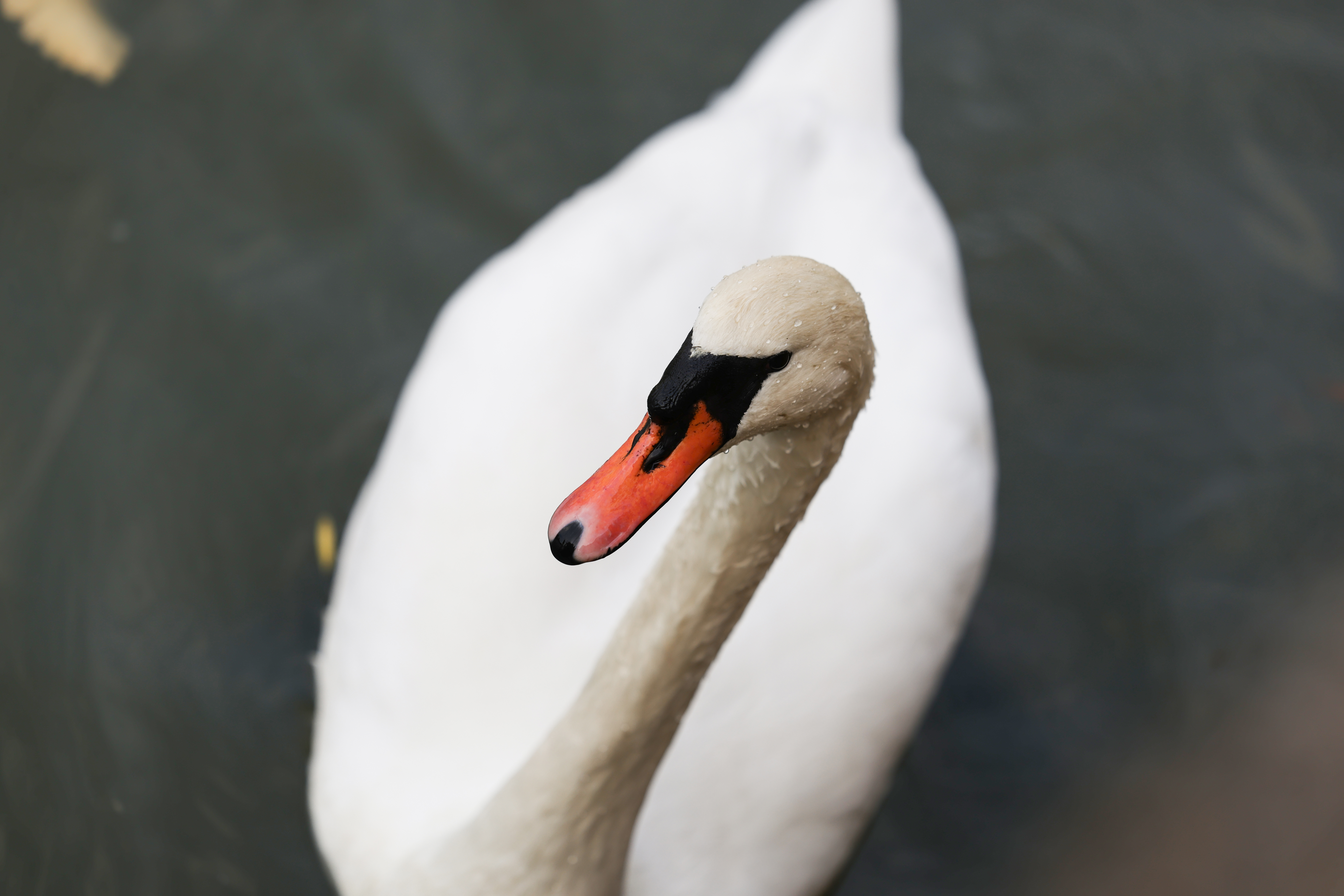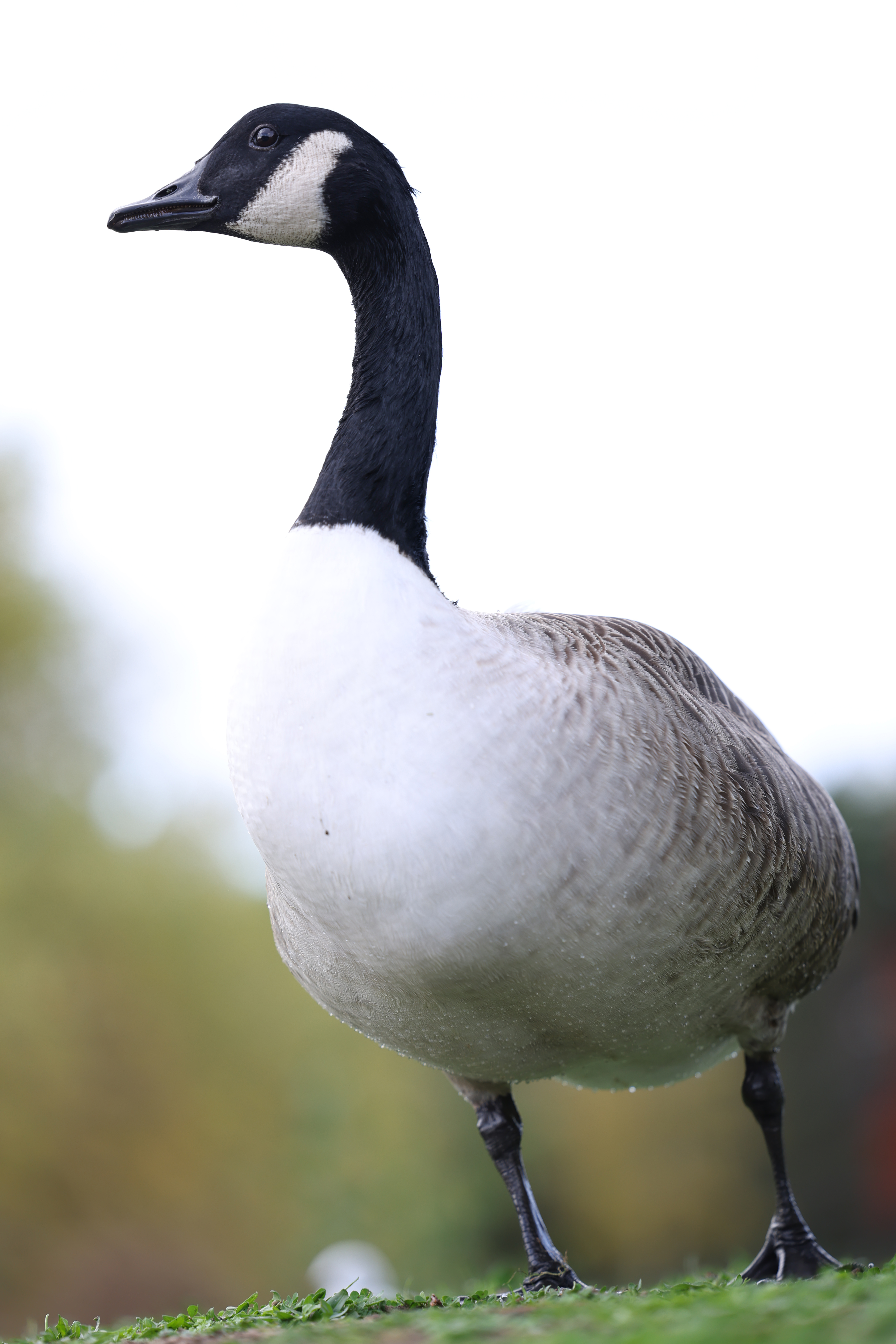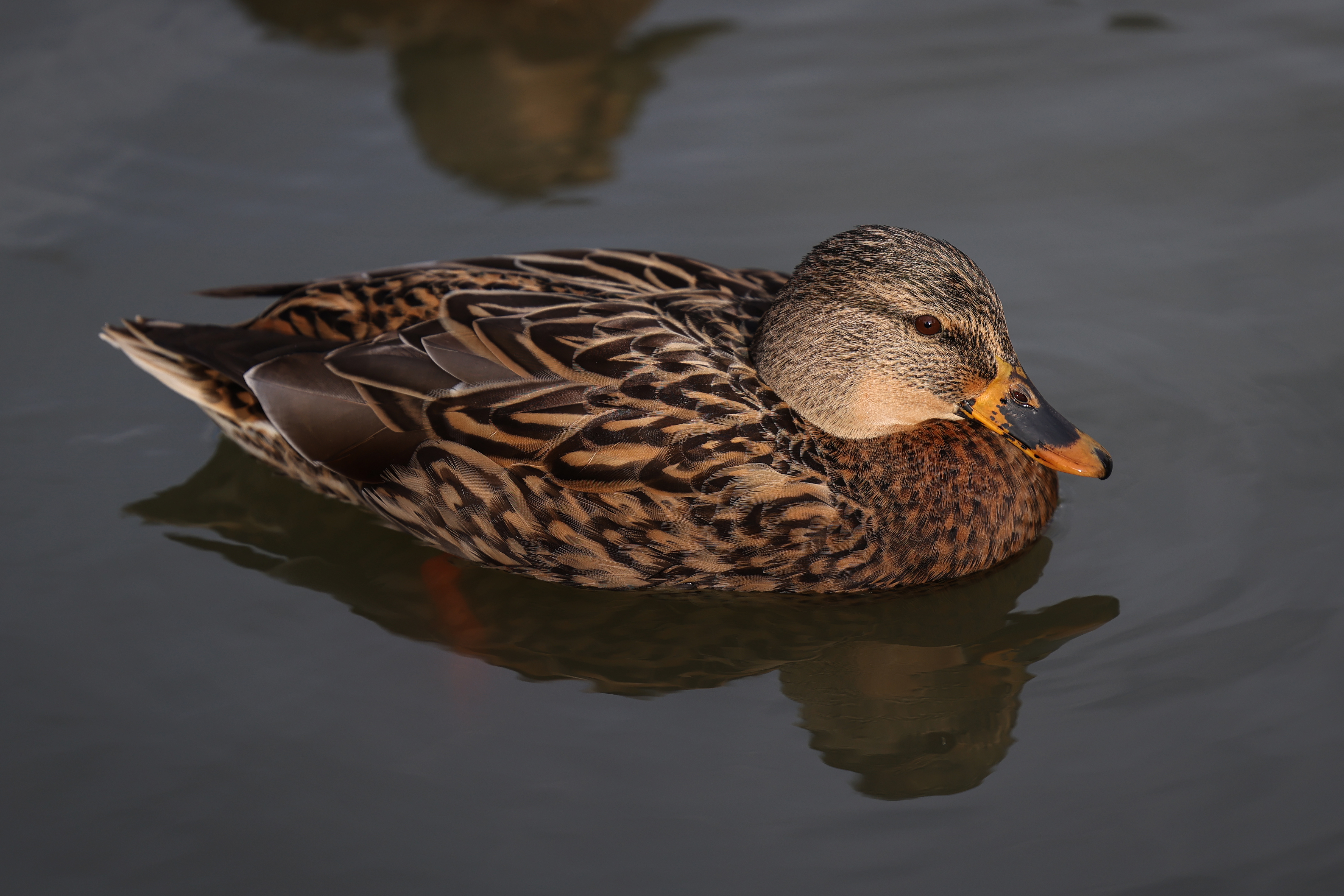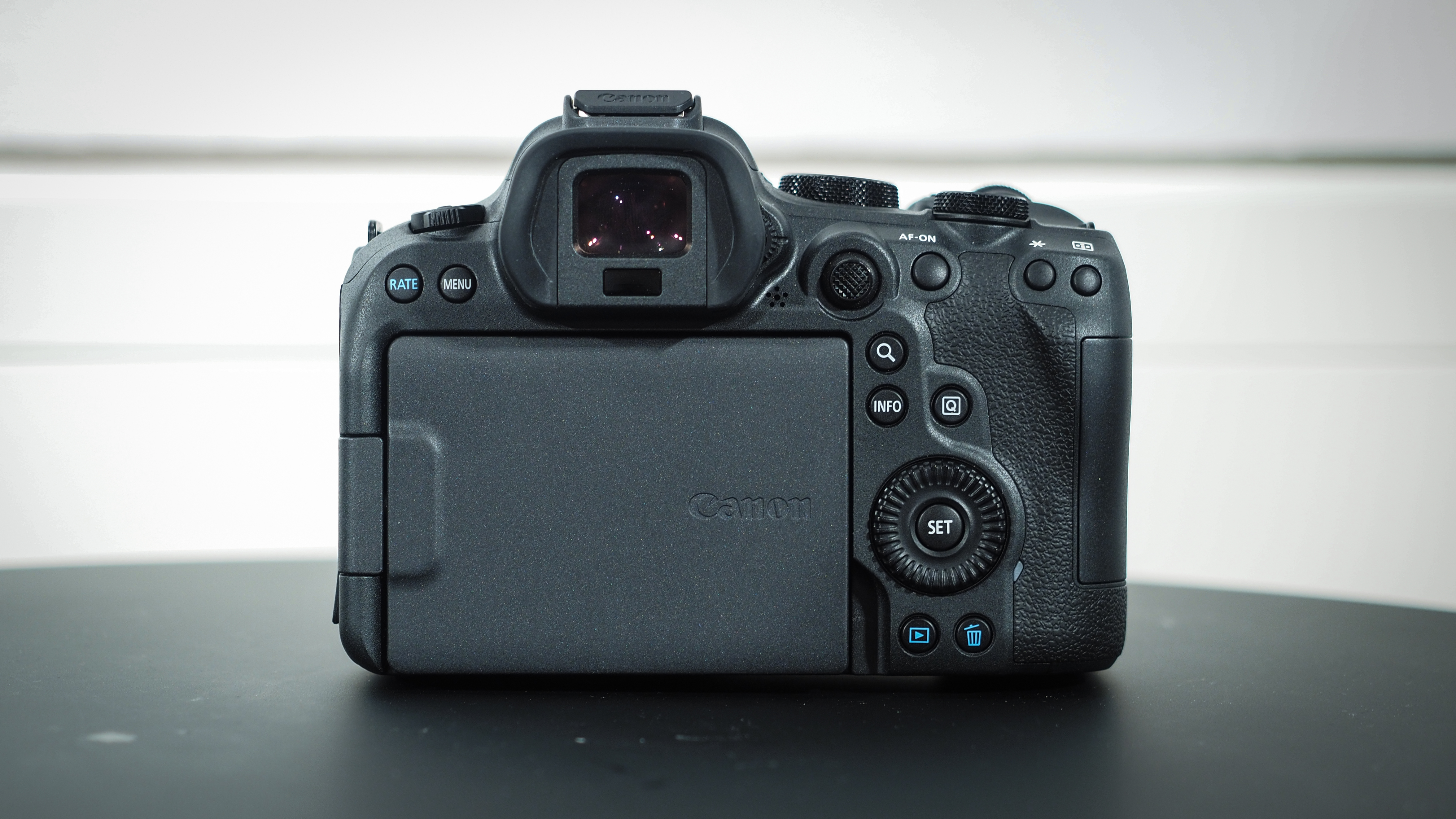Early Verdict
There is so much firepower in the Canon EOS R6 Mark III that this is almost a flagship camera. As it stands, it’s the new yardstick by which other hybrids will be measured. A photo-first camera, its new 32.5MP sensor can fire 40fps bursts with pre-capture, with enviable video specs headlined by 7K 60p RAW and open gate capture – all supported by class-leading AF and up to 8.5 stops of image stabilization. We’ve yet to lab test this new sensor but, if my initial field test is anything to go by, I think this is going to Canon’s best-selling camera – it can do absolutely everything, and do it at a supremely high level.
Pros
- +
7K 60p internal RAW
- +
7K 30p open gate
- +
32.5MP resolution
- +
40fps stills with pre-capture
- +
8.5 stops image stabilization
- +
Canon Log 2 and 3
Cons
- -
No active cooling system
- -
ISO ceiling lower than Mark II
- -
Lacks dual base ISO of C50
Why you can trust Digital Camera World
I think the Canon EOS R6 Mark III might actually be the best Canon camera on the market right now. I’m the biggest cheerleader you’ll find for the R5 Mark II but, where that camera is all about brute strength, this camera packs a knockout punch and a high IQ.
Historically, the 6-series has been a 20-something megapixel proposition. But the Canon EOS R6 Mark III seriously ups the ante with its new 32.5MP full-frame sensor, capable of 40fps bursts and half a second of pre-capture. And the video credentials of this hybrid are the envy of most other manufacturers’ dedicated video cameras, with monstrous 7K 60p internal RAW capability along with 7K open gate capture.
The core architecture is the same as the recently announced Canon EOS C50, but they each present a different side of the hybrid camera coin; the C50 is the video-first hybrid, while the Canon EOS R6 Mark III is a hybrid for photo-first shooters.
So what are the differences and how does it perform? Here’s the rundown from my initial test drive of the Canon EOS R6 Mark III…
Check out my 60-second guided tour video below:
A post shared by Digital Camera World (@digitalcameraworldofficial)
A photo posted by on
Canon EOS R6 Mark III: Price and availability
The Canon EOS R6 Mark III goes on sale on November 20 and is priced at $2,799 / £2,799.99 / AU$4199.95.
For context, that is the same price at which the Canon EOS R6 Mark II launched (in November 2022). The Mark II will remain on sale through at least 2026, and is currently available for $1,979 / £1,918 / AU$3,099.
The best camera deals, reviews, product advice, and unmissable photography news, direct to your inbox!
The Canon EOS R6 Mark III is also available in a kit with either the Canon RF 24-105mm f/4L IS USM for $4,049 / £3,899.99 / AU$5,999.95 or the Canon RF 24-105mm f/4-7.1 IS STM for $3,149 / £3,149.99.
Canon EOS R6 Mark III: Specifications
Sensor | 32.5MP full frame CMOS |
Lens mount | Canon RF |
Autofocus | Dual Pixel CMOS Autofocus II, subject detection (Auto, People, Animals, Vehicles) |
Image stabilization | Up to 8.5 stops |
Weather sealing | Yes |
ISO range | 100 to 64,000 (exp to 102,400) |
Max video resolution | Open gate 7K 30p; 7K 60p RAW (internal), 4K 60p (oversampled), 4K 120p, FullHD 180p; UVC up to 4K 60p |
Max burst | 40fps electronic (150 RAWs), 12fps mechanical • Pre-capture (1/2 second / 20 images) |
Viewfinder | 3.69m dot OLED, 0.5 inch, 100% coverage, 120fps refresh |
Rear screen | 3-inch, 1.62m dot, vari-angle touchscreen |
Memory | 1x CFexpress Type B, 1x SD UHS-II |
Connectivity | WiFi, Bluetooth, USB-C, HDMI, headphone jack, microphone jack, BG-R20 grip, BG-R20EP (no ethernet support) |
Battery | LP-E6P, 620 shots |
Dimensions | 138.4 x 98.4 x 88.4mm |
Weight | 699g (with memory card and battery) |
Canon EOS R6 Mark III: Design and handling
Rather than fixing what ain’t broke, the body of the Canon EOS R6 Mark III is pretty much identical to its predecessor – other than being ever so slightly heavier (by 29g).
In short, the ergonomics are familiar and fantastic to anyone who has ever held a Canon camera. The grip is satisfyingly substantial, the body has the perfect amount of heft, all the buttons and dials are where your finger and thumb would expect to find them, and there’s a joystick to make moving focus points and navigating menus a breeze.
There’s a photo / video switch sitting on the left shoulder, enabling you to quickly and clearly toggle between stills and video, but it’s obvious that this is Canon’s photo-first hybrid.
The body is traditionally SLR-styled with photography features placed front and center – from the mode dial featuring just one video option (the new S&F option, “Slow & Fast”) to the Record button being the teeny tiny “nipple” kind positioned in the no-man’s land middle of the camera’s top-right. Again, if video is your priority, the Canon EOS C50 is the best bet for you.
There are two key physical changes from the R6 Mark II, the first being to the storage media. The Canon EOS R6 Mark III adopts the R5 series’ dual CFexpress Type B and UHS-II SD card setup.
(I didn’t check all the options during my initial hands-on, but bear in mind that shooting SD-only typically limits your options – so you’re probably going to need a CFexpress card for full-fat 7K 60p RAW and uncapped 40fps bursts.)
In addition, the R6 Mark III also earns its wings as a hybrid camera by upgrading to a full-size HDMI port – which will be music to the ears of serious videographers!
Canon is always coy about the extent of the sealing on its cameras, but you can shoot safe in the knowledge that the R6 Mark III is a weather-sealed body – just not quite as sealed as the R5 or R1.
Canon EOS R6 Mark III: Performance
I was using a pre-production version of the Canon EOS R6 Mark III, so my first hands-on wasn’t exhaustive and we weren’t able to conduct our battery of lab tests. However, I put the camera through its paces with a variety of subjects from macro and wildlife (including birds in flight) to portraits and video.
The first thing I noticed about this camera is that there is a big improvement in the autofocus. While it has the same subject detection algorithms as the Mark II, there are big improvements in the overall performance – namely when it comes to tracking. Its predecessor was no slouch, but the Mark III feels noticeably stickier when it comes to following subjects – particularly flying birds.
Even when my feathered friend was very small in the frame at full zoom on my 70-200mm, the AF was absolutely honest in both spotting and sticking to it from the moment it entered frame. The same was true of the human tracking; the Canon EOS R6 Mark III has no problem detecting faces and eyes, and knows to focus on the head as a whole when features are obscured or the subject is facing the other way.
The R6 Mark III also inherits one of my favorite features from Canon’s professional bodies: Registered People Priority. This enables you to program in up to ten faces, then place them in order of priority, so that your camera knows whom it should focus on in group situations.
I absolutely love this feature when shooting basketball, where the camera can effectively be told to always keep the star player in focus – regardless of who he’s playing against, who he’s sitting next to on the bench, whose face might be bigger in the frame or who is sitting in the crowd. It’s also brilliant for events, especially when it comes to weddings where you can make sure that the bride, groom and family are always the priority.
The 40fps burst shooting is still absolutely overkill for 90% of situations (20fps is as much as you need for almost anything), but it’s brilliant to have it if you really do need it – plus you also get 20 frames of pre-continuous shooting, so you never miss a moment even if you were slow off the mark pressing the shutter. And the buffer is now double that of the R6 Mark II, at an impressive 150 RAWs, meaning you can blast away to your heart’s content even at maximum burst.
You also get the benefit of pre-capture when it comes to video, where the R6 Mark III can buffer up to five seconds of footage before the Record button is depressed. But this is obviously just the tip of the iceberg when it comes to this camera’s video tricks.
Top of the bill is 7K 30p open gate RAW capture, complete with a 2K proxy if you want one. If you’re asking what is open gate, long story short it means that the camera can record the entire sensor area (in this case 3:2) rather than defaulting to a much narrower 16:9 ratio.
This means you get a larger, taller, squarer video – so you can then output it at whatever aspect ratio you want, whether it’s 16:9 horizontal for YouTube or 9:16 vertical for TikTok or 1:1 square or anything else. And on the R6 Mark III you can display 2 sets of aspect markers simultaneously to help you frame your shots, such as 16:9 and 9:16 so you can be sure that your compositions will look as good on Instagram as they do on YouTube.
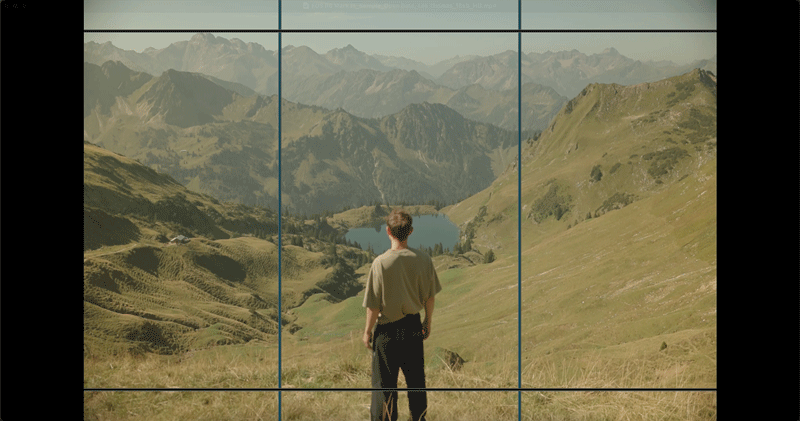
Away from open gate you can record 7K internal RAW video up to 60p, in addition to external ProRes RAW output to your Atomos. You’ve also got 4K up to 120p and FullHD (1080p) up to 180p, again with proxy, or you can capture 4K 60p oversampled from 7K. And if you want to shoot in Super35 mode (with a 1.6x crop, the same as APS-C), you can record at up to 4.3K 60p.
I haven’t had time to properly stress test the recording limits, but Canon told me that you can record over 2 hours at 4K 30p – though you’ll encounter overheating when capturing RAW because the R6 Mark III, unlike the C50, doesn’t have a built-in fan. Again, this is the photo-first hybrid camera, so if RAW video is your priority then go for the video-first C50.
The other key difference is that, while the two cameras share the same sensor, only the C50 has dual base ISO; the R6 Mark III has a single, standard ceiling of ISO64,000 (expandable to ISO102,400). This camera does, however, possess all the C50’s other video must-haves, from 4-channel audio and a full-size HDMI port to false color and waveforms to both C-Log 2 and C-Log 3.
On top of that, this is Canon’s first full-frame camera to offer UVC (USB Video Class) support up to 4K 60p for webcams and other USB connections. Indeed, the only other camera in the EOS range to offer 4K 60p UVC is the Canon EOS R50 V.
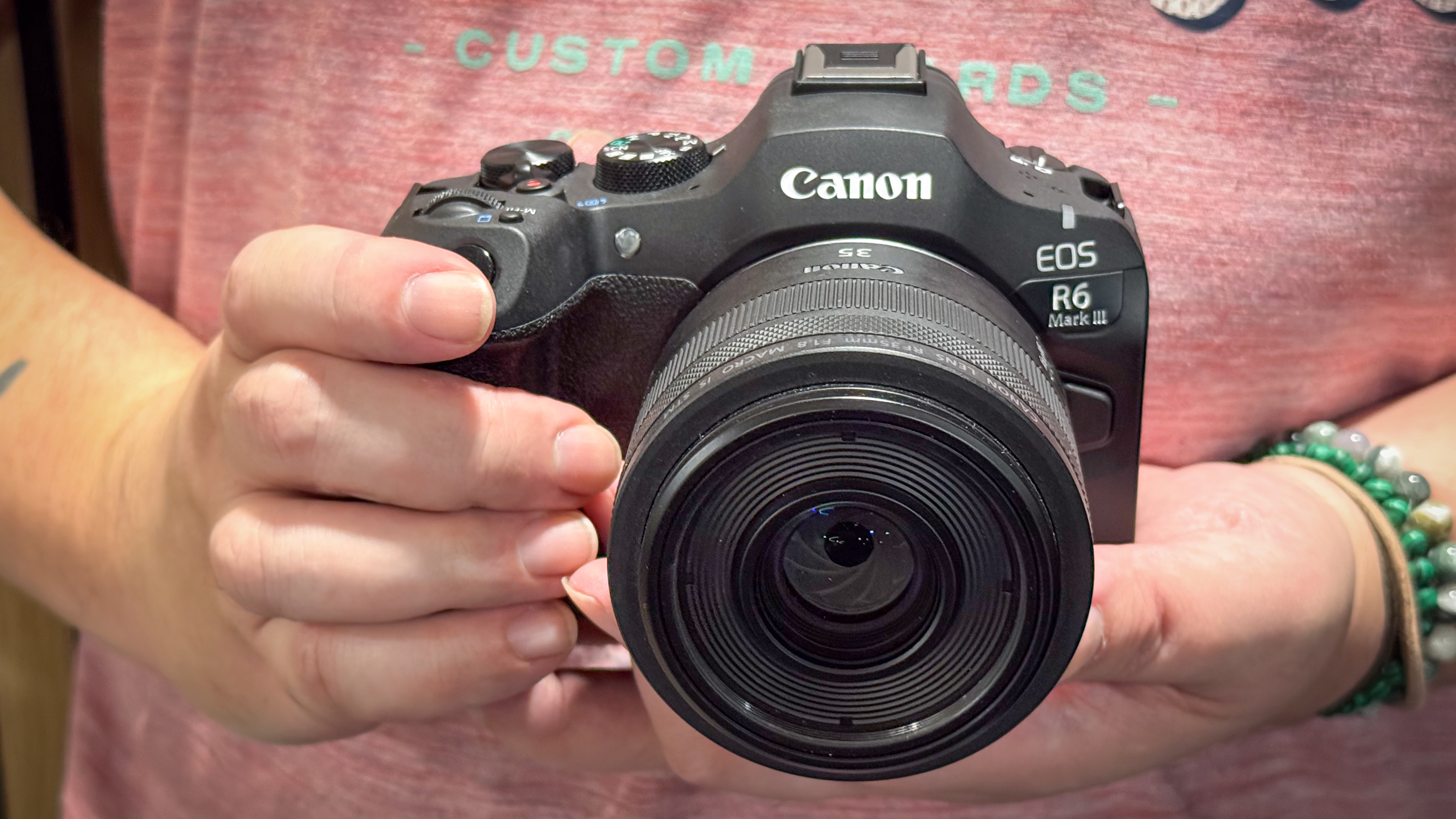
As I said, I’ll need to spend longer with the camera to really stress test everything to the limit. My one concern is the sensitivity, as the Mark II had a native ceiling of ISO102,400 that was expandable to ISO204,800 – but the Mark III tops out at ISO64,000 and has to be expanded to hit the previous ISO102,400 benchmark.
I never shoot anywhere near those levels, but I’m aware that they’re often indicative of overall noise performance – so I await our lab tests on a final production model to see what story they tell.
As it stands from my initial road test, though, I was pretty dang blown away in every possible regard. Whether you’re shooting a high-res still life, photographing erratic birds in flight or filming subjects in 7K open gate, this camera simply doesn’t miss a beat.
Canon EOS R6 Mark III: Samples

Canon EOS R6 Mark III: Early verdict
It feels unfair to call the Canon EOS R6 Mark III a hybrid camera, because “hybrid” usually means that you’re making compromises in photo and video individually in order to get better-than-average performance in both. Here, though, you’re getting truly top-tier performance in both categories.
This camera simply has no weaknesses. Not only does it give you incredible quality 32.5MP stills, it enables you to take up to 40 of them every second with a big fat buffer. And not content with offering you 7K video, it also enables you to capture it in open gate with up to 15 stops of dynamic range with Canon’s tippy-top log modes.
As a stills camera, I really can’t fault it and I’d be happy taking the R6 Mark III instead of the R5 Mark II on a professional job. The only criticisms you can level at the camera are in the video realm – the lack of dual base ISO and active cooling system – but this is a photo-first camera. For those features you have the Canon EOS C50, the video-first option that’s tailor-made for moving images when it comes to everything from controls to ergonomics.
The Canon EOS R6 Mark III isn’t just a home run for Canon, it’s a shot directly across the bow of both Sony and Panasonic. And all the Canon shooters who jumped ship to A7s and FX3s and S5IIs may well find themselves checking the trade-in value at MPB.com ahead of a move back to EOS land.
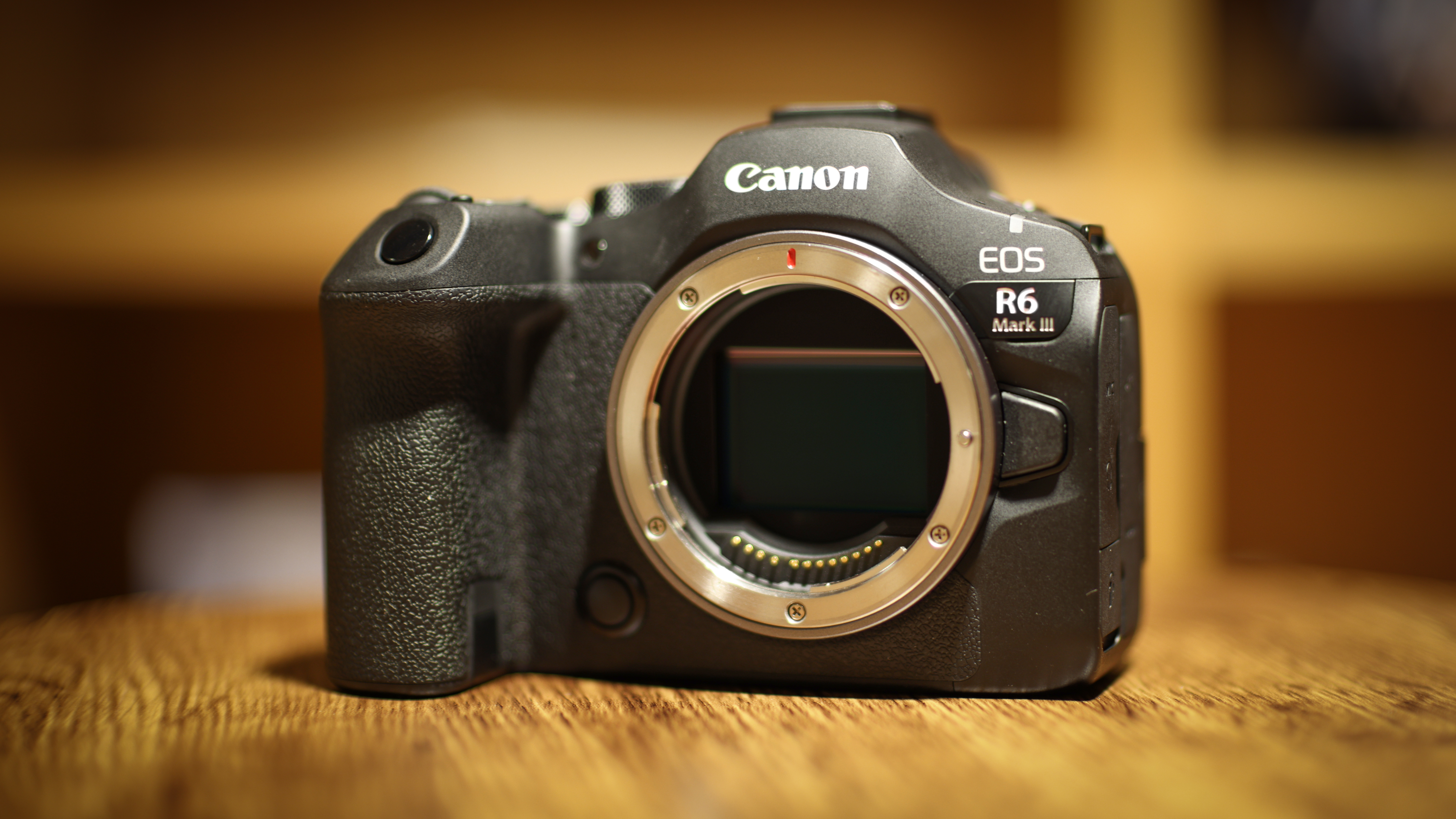

James has 25 years experience as a journalist, serving as the head of Digital Camera World for 7 of them. He started working in the photography industry in 2014, product testing and shooting ad campaigns for Olympus, as well as clients like Aston Martin Racing, Elinchrom and L'Oréal. An Olympus / OM System, Canon and Hasselblad shooter, he has a wealth of knowledge on cameras of all makes – and he loves instant cameras, too.
You must confirm your public display name before commenting
Please logout and then login again, you will then be prompted to enter your display name.
